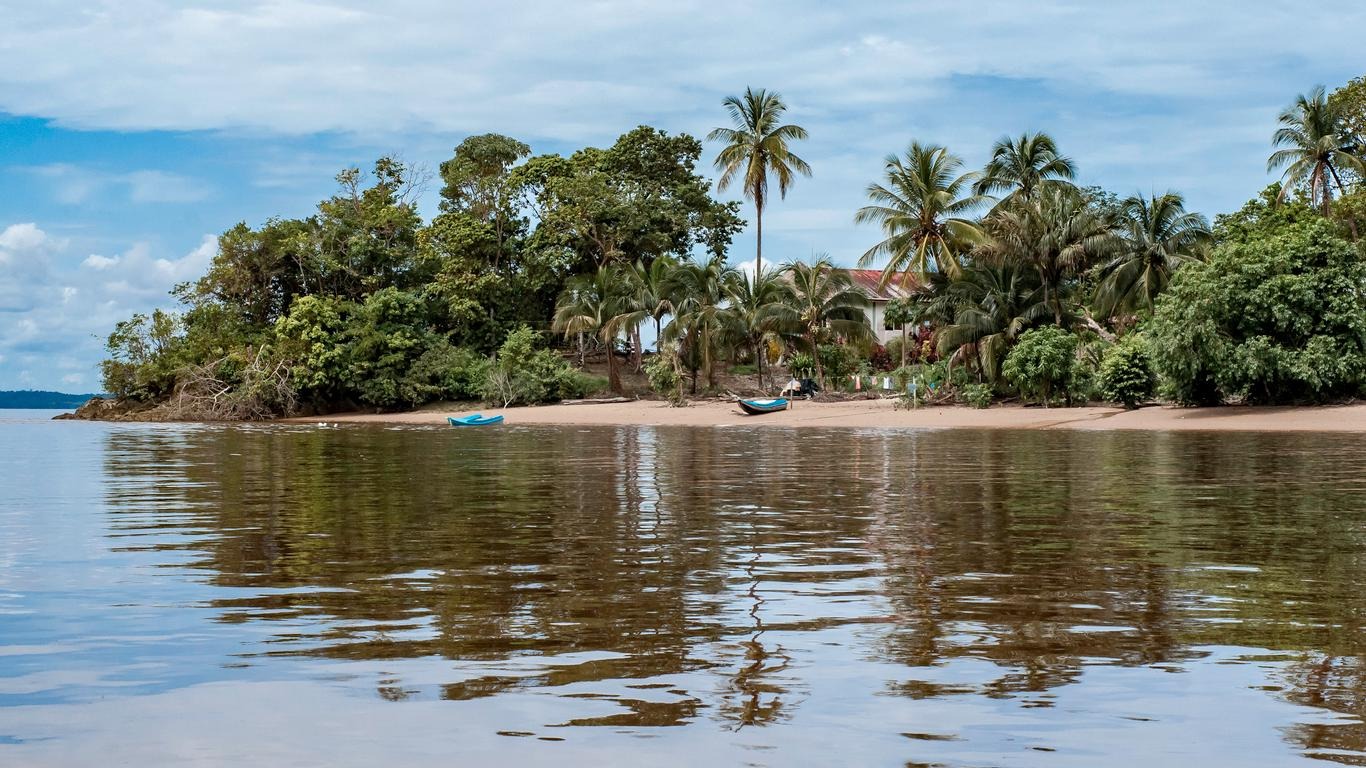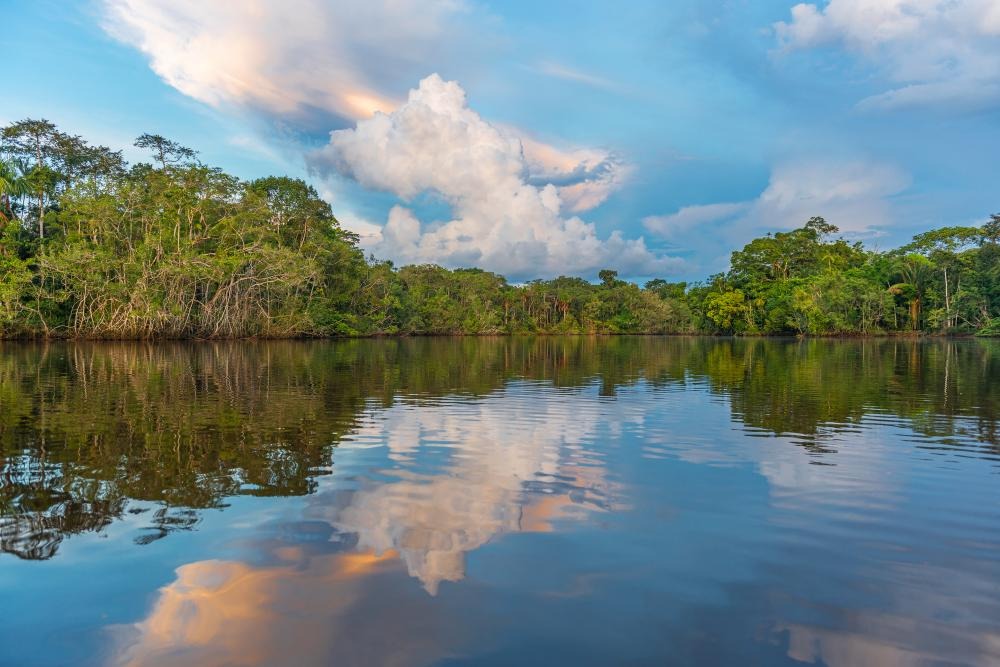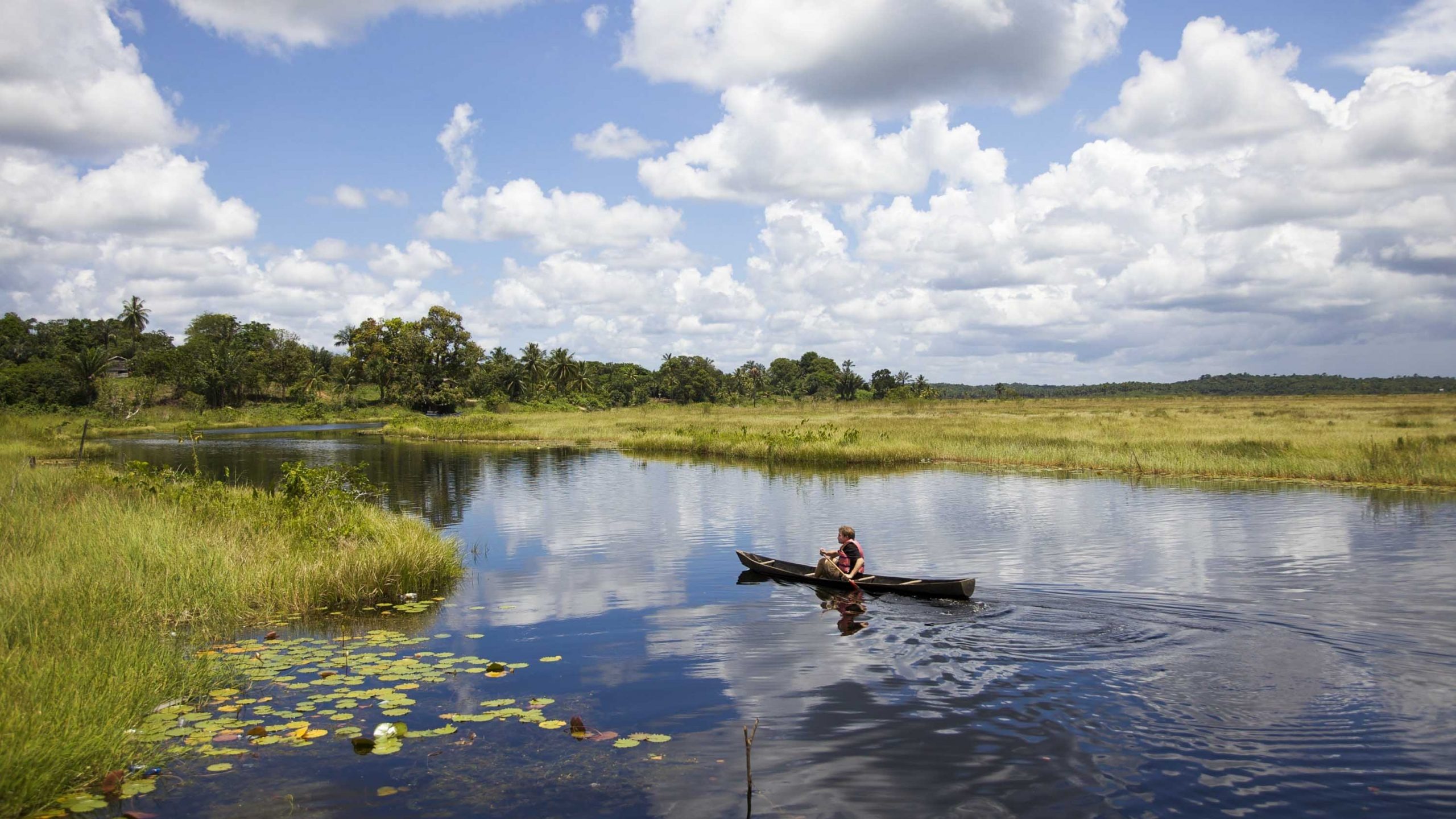When I knew I would travel to Guyana, I had no idea what lay ahead. Even for this girl who constantly reads about other countries, I knew very little about Guyana, and I never really wanted to visit.
In November, I had the opportunity to visit Guyana during one of the first press trips of the Guyana Tourism Authority. At the time, I was on another press trip to Kenya. One of the authors in my house was Guyanese-American, and I enthusiastically told him that I was invited to his home country.
“Why?”She said. “There is nothing.”
There’s nothing. All approval!
However, the trip was an immediate yes for me. Recently, I want to travel to lesser-known destinations. My mission this year and beyond is to visit and write about emerging destinations that do not yet have much tourism. Even when I go to Italy, I plan to visit cities that do not receive much attention.
Guyana, I learned, would be all about waterfalls and wildlife and travel in a certain way. It would be an adventure.
I know nothing about Guyana. How is it?
When I said I would travel to Guyana, I was surprised how many of my friends—even friends far away—told me, “Have fun in Africa!”
Not quite! It is Guyana—not Ghana, Guinea, or Gabon—and it is located in the northeast of South America and is bordered by Brazil, Venezuela, and Suriname.
Guyana is unique among the countries of South America because it is an Anglo-Saxon country, thanks to its years as a British colony. Guyana gained its independence in 1966. Guyanese tend to consider themselves a Caribbean country rather than a Latin American country, and they are part of CARICOM, the organization of Caribbean countries. The interior is defined by its Native American culture. English is the main language, but Guyanese Creole is spoken on the coast, and a variety of Native American languages are spoken inland.
Guyana has six different ethnic groups. In 2012, 40% are of East Indian origin, 30% are of African origin, 20% are of mixed ethnic origin, 10.5% are Indian, 0.3% are white, and 0.2% are Chinese. The East Indians came to Guyana as indentured workers; the Africans came to Guyana as slaves. After several slave uprisings, slavery was abolished in 1838.
The culture of the East Indies dominates. Even when traveling to the most remote parts of Guyana, Indian families listen to Hindi music while their children throw colorful powders at each other to celebrate Holi (called Phagwa in Guyana).
I was surprised to learn that Guyanese are the fifth largest immigrant group in New York. The heart of the Guyanese community is in Richmond Hill, Queens. I once accidentally landed in the neighborhood and assumed I was in an Indian neighborhood—II didn’t know it was actually Indo-Caribbean!
In Guinea, you travel off the beaten track.
When I was traveling in Guyana, I felt like I was experiencing travel in a way I hadn’t experienced in years. Zero confidence in technology because there was none. Few countries with flights to Guyana have contributed to the feeling of being cut off from the world (although you can fly directly from New York and Miami). One of the estates I stayed at, Saddle Mountain Ranch, was so secluded that there wasn’t even a website.
Guyana is undoubtedly the off-the-beaten-track destination I have visited. While Antarctica, Hawaii or Easter Island are technically more geographically isolated, each receives a lot of tourists-far more than Guyana receives. (It is difficult to isolate tourism figures since most Guyanese visitors are business travelers.)
Anecdotally, among my travel blogger friends, I can mention well over two dozen who were in Antarctica, Hawaii or Easter Island. I can only name two who were in Guyana; none of them were in Rupununi.
I have seen very few tourists in Guyana — less than half a dozen inland and a dozen at Kaieteur Falls. At this time, many tourists come from Guyana mainly for wildlife and bird watching. According to Brian Mullis, director of the Guyana Tourism Authority, tourists in Guyana are usually wealthy, North American or European and between the ages of 35 and 60.
This total lack of tourism has contributed to the charm of Guyana for me. Many times I have heard people in the Rupununi say something along the lines of, ” it doesn’t matter if you come to our Lodge or another lodge; we are just happy that people come here.”Imagine hearing this in Venice or Barcelona.
You’ll eat well in Georgetown-and everywhere.
I will be honest — the capital of Georgetown is a necessary landing place, and that’s it.this is not a terrible city, but it has few attractions, and the true beauty of Guyana is inside. That being said, you’ll probably arrive early on an overnight flight, and it’s wise to give yourself a little buffer of time before your plans begin, just in case your flight gets delayed or canceled.
The vast majority of Guyanese live in and around Georgetown. This city is a crash course on contemporary Guyanese culture.
So there’s one activity I highly recommend in Georgetown: a food tour with Backyard Cafe. Located in the heart of a residential Georgetown neighborhood, this backyard cafe run by Delven Adams and Mailini Jaikarran is literally a backyard cafe. You will conduct market tours where you will be led to the market and then you will drive back to the Cafe to prepare lunch with the food you have chosen!






